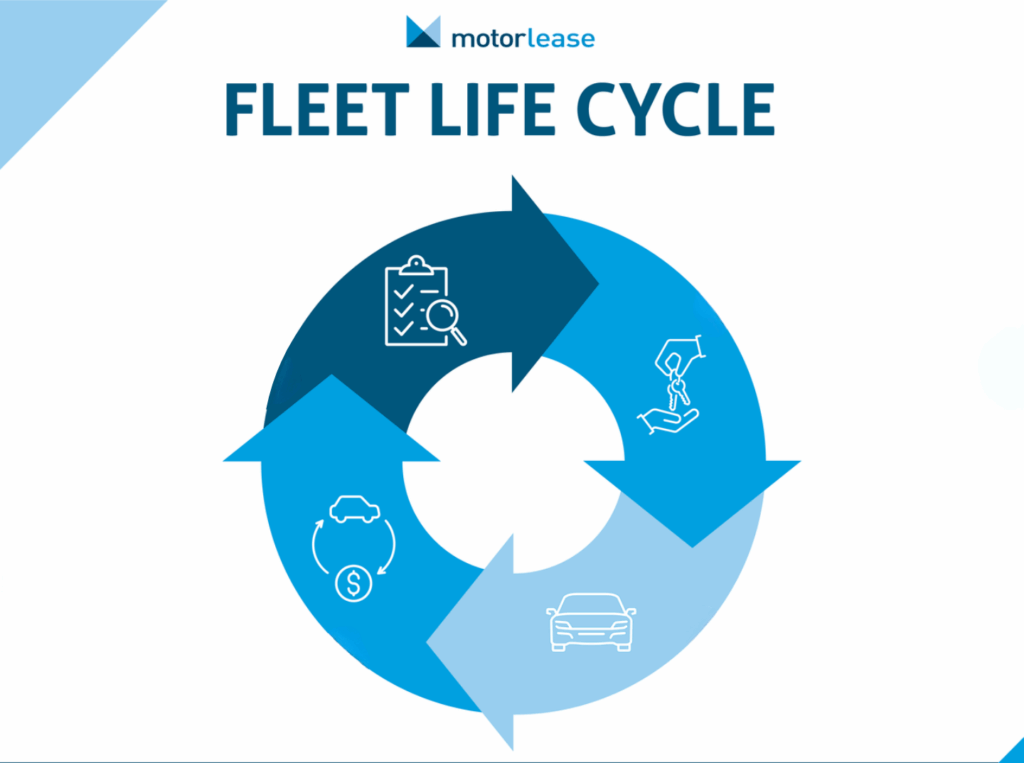When getting to know a potential new client, one of the first questions that we always ask is whether or not they have a comprehensive fleet policy currently in place. While some companies have a separate document, the majority of the time it’s limited to a few paragraphs in the employee handbook.
A comprehensive fleet policy is the cornerstone of any good fleet program. Without it, you’re running the risk of creating confusion among drivers, and liability for the company. Here are some things that you should consider when crafting your company’s fleet policy.
In This Article
Driver Eligibility
Vehicle Selection
Personal Use
Distracted/Impaired Driving
Driver Eligibility
One of the first things that needs to be done when building a fleet policy is to determine who is eligible to receive a company vehicle. Eligibility may be based on several factors such as job function, annual miles driven, territory size, seniority, title, or any other standards that are appropriate for your organization.
Another eligibility criteria that needs to be considered is that of a driver’s driving history. It’s imperative that Motor Vehicle Reports (MVRs) are run on all drivers prior to conducting any company business on the road. Written criteria for what constitutes a “passing” MVR should be listed as well. That criteria may be developed by the company, their fleet management company, or their insurance company. Regardless, it is crucial to establish the criteria and adhere to it strictly.
But it’s not enough to just run an MVR upon hire and then never again. Many companies are now enlisting the assistance of continuous MVR monitoring services to ensure that their drivers are still in compliance. Not running MVRs on a regular basis, or continuously could potentially open up the company to an extraordinary amount of liability. For some examples of just how serious the issue can be, take a look at our blog entitled Negligent Entrustment: A Hidden Business Risk.
Vehicle Selection
Once you have determined who is eligible to receive a company vehicle, it’s time to determine which vehicles will be included in your fleet. How that decision is made varies on a company by company basis.
One of the most important factors in vehicle selection for the majority of companies is the total cost of the vehicle, also referred to as Capitalized (CAP) Cost.
One company may allow their drivers to select whichever vehicle they prefer within certain parameters. Others companies work with a fleet management company to evaluate all of their options based on factors such as price and utility, then put together a selector of vehicles which the drivers can choose from. The method in which vehicles are selected is ultimately up to the company, but the fleet policy should clearly outline the process.
Additionally, some companies who offer their drivers a selection of vehicles to choose from also allow drivers to pay out of pocket for any additional equipment that they may desire in their vehicles. If your company allows this, you need to be clear in how the process will work. Is the full amount of the upgrade due immediately, or can the driver set up automatic deductions out of their pay check? Either way, make sure that the procedure is clearly outlined to avoid confusion.
Personal Use
Some companies allow their drivers to take their vehicles home with them. If this is the case, then the rules for personal use must be outlined in your company’s fleet policy. The reasons for this are two-fold. First, you want to spell out who is allowed to drive the vehicle besides your employee, if anyone. Many companies set age and relation restrictions. For example, eligible drivers include the employee and their spouse if over the age of 21. This comes in to play should the vehicle be in an accident with an unauthorized driver behind the wheel.
Second, if vehicles are allowed to be used for personal use, then there are certain IRS requirements that must be met by both the company and the driver. You’ll want to incorporate a method of tracking business miles vs. personal miles in order to remain compliant with IRS regulations.
Distracted/Impaired Driving
With the advent of smartphones, and the general public’s subsequent addiction to them, distracted driving has become a bigger problem than ever. Some studies have even concluded that texting while driving is actually more dangerous than drunk driving.
A proper fleet policy should restrict the use of mobile phones, tablets, and the like while driving by, at a minimum, mandating that all drivers utilize a hands-free device when behind the wheel. This section of a fleet policy needs to be clearly spelled out. If it’s left vague and ambiguous, your company could be left open to potential liability, as Coca-Cola learned in 2012.
In addition to distracted driving, the policy also needs to address the topic of impaired driving. Again, this may seem like an obvious point, but it needs to be strongly worded with language that explains potential outcomes for offenders. While most companies include the standard language about driving while intoxicated on drugs or alcohol, don’t forget to include language regarding prescription medication as well, as that can be just as dangerous.
Click here for Part 2, where we continue to discuss additional key elements necessary in order to build a comprehensive fleet policy.












